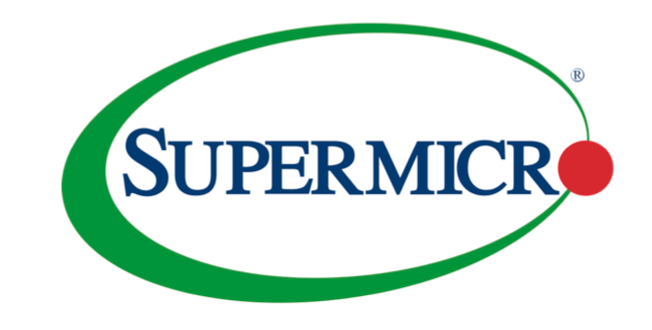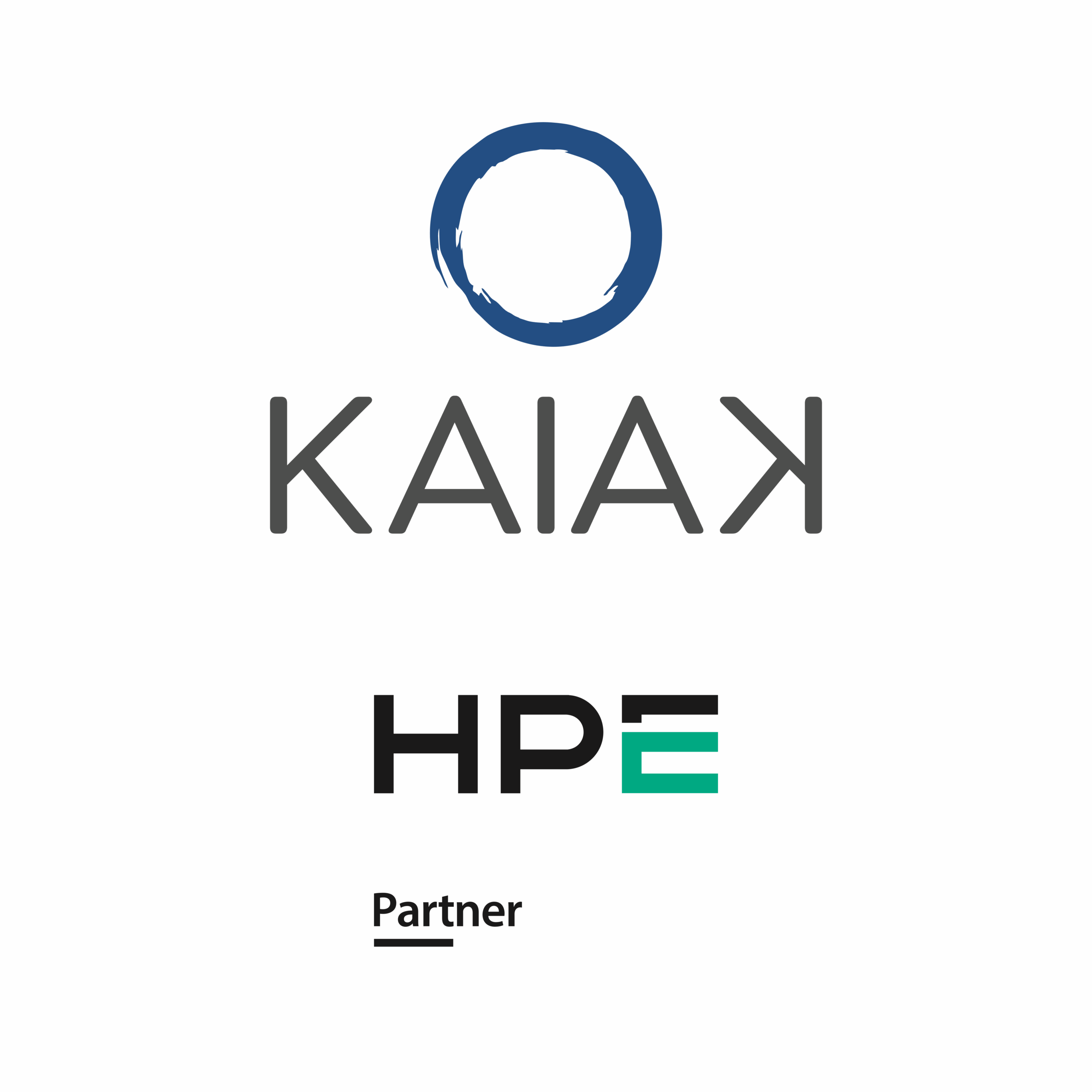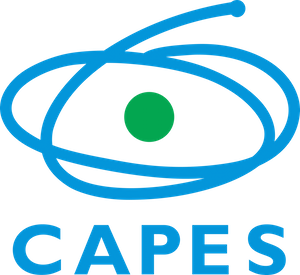Keynotes
Unleashing Responsible AI for Science: Taming Open Data
Abstract: Artificial intelligence (AI) and open data have become essential engines for scientific discovery and innovation. However, realizing this transformative potential requires a transdisciplinary approach that ensures research and development can effectively and responsibly leverage the diversity of data sources. Despite the exponential growth of available digital data sources and the ubiquity of non-trivial computational power for processing this data, realizing data-driven, AI-enabled science workflows remains challenging. In this talk, I will discuss the importance of democratizing AI R&D, including access to open data and advanced cyberinfrastructure. I will introduce the University of Utah’s One-U Responsible AI Initiative, which aims to catalyze an innovation ecosystem at the University of Utah and across the state. I will also present the vision, architecture, and deployment of the National Data Platform project, as part of a broader national cyberinfrastructure, aimed at catalyzing an open and extensible data ecosystem for science.
Speaker: Manish Parashar (University of Utah – Utah – USA)
Bio: Manish Parashar is Director of the Scientific Computing and Imaging (SCI) Institute, Chair in Computational Science and Engineering, and Presidential Professor, Kalhert School of Computing at the University of Utah. He very recently completed an IPA appointment at the National Science Foundation where he served as Office Director of the NSF Office of Advanced Cyberinfrastructure, as well as co-chair of the National Science and Technology Council’s Subcommittee on the Future Advanced Computing Ecosystem and the National Artificial Intelligence Research Resource Task Force (NAIRR). Manish’s research interests are in the broad areas of Parallel and Distributed Computing and Computational and Data-Enabled Science and Engineering and has published extensively in these areas. He has also deployed software systems that are widely used. Manish is the founding chair of the IEEE Technical Consortium on High Performance Computing (TCHPC) and serves on the editorial boards and organizing committees of a number of journals and international conferences and workshops. He has received several awards for his research and leadership, including the 2023 Achievement Award in High Performance Distributed Computing. He is Fellow of AAAS, ACM, and IEEE/IEEE Computer Society. For more information, please visit http://manishparashar.org.

Dynamic Resource Management for Next-Gen HPC Applications and
Architectures
Abstract: The current static usage model of HPC systems is becoming increasingly
inefficient. This is driven by the continuously growing complexity and
heterogeneity of system architectures, in combination with the increased
usage of coupled applications, the need for strong scaling with extreme
scale parallelism, and the increasing reliance on complex and dynamic
workflows. As a consequence, we see a rise in research on malleable
systems, middleware software and applications, which can adjust
resources usage dynamically in order to extract a maximum of efficiency.
By providing an intelligent global coordination of resources usage,
through runtime scheduling of computation, network usage and I/O
across all components of the system architecture, malleable HPC systems
can maximize the exploitation of their resources, while at the same time
minimizing the makespan of applications in many, if not most, cases.
Such malleable systems, however, face a series of fundamental research
challenges, including: who initiates changes in resource availability or
usage? How is it communicated? How to compute the optimal usage?
How can applications cope with dynamically changing resources? What
should malleable programming models and abstractions look like? How
to design resource management frameworks for malleable systems?
Which resources benefit from malleability and which (if any) should still
be managed statically? This Keynote will present the state of the art in
dynamic resource management for HPC systems and will address the
former question and some possible solutions to them.
Speaker: Jesus Carretero (Universidad Carlos III – Madrid – Spain)
Bio: Jesus Carretero is a Full Professor of Computer Architecture and Technology at Universidad Carlos III de Madrid (Spain). He also serves as Coordinator of the Informatics area for the Spanish Research Agency since 2020. His research activity is centered on high-performance computing systems, large-scale distributed systems, data-intensive computing, IoT and real-time systems. He has participated and leaded several national and international research projects in these areas, and he is currently coordinating the EuroHPC project ADMIRE, “Adaptive multi-tier intelligent data manager for Exascale”, aiming towards ad-hoc malleable storage systems. Prof. Carretero is Associated Editor of the journals ACM Computer Surveys, Future Generation Computing Systems, and Transactions on Parallel and Distributed Systems. He has published more than 300 papers in journals and international conferences, editor of several books of proceedings, and co-author of several textbooks related to Operating Systems and Computer Architecture. He has served as general chair of CCGRID 2017, IC3PP2016, or HPCC 2011, and Program Chair of ISPA 2012, EuroMPI 2013, and Applications track vice-chair of SC22.

High-Performance Graph Analytics for Motif Finding in Neuroscience Connectome Graphs and Beyond using Arachne
Abstract: The growth of network-structured data across domains like neuroscience and cybersecurity demands scalable graph analytics, but complex tasks like subgraph isomorphism remain accessible only to high-performance computing (HPC) specialists. Arachne is an open-source framework that democratizes high-performance graph analytics through a Python interface while abstracting parallelism complexities. It enables advanced graph algorithms to run efficiently from laptops to supercomputers. Arachne has been adopted by Harvard researchers for the MoMo connectome visualization tool, allowing neuroscientists to draw neural motifs that are translated into attributed subgraphs and searched using our novel HiPerMotif algorithm. Key innovations include HiPerMotif, which achieves up to 66× speedups over parallel approaches.Testing on large-scale datasets including FlyWire and the H01 human brain connectome demonstrates Arachne’s performance: completing complex subgraph searches in 38 seconds versus NetworkX’s 16,000+ seconds. This unified platform balances high-performance computation with accessibility, enabling researchers to extract insights from billion-scale graphs and advancing pattern matching across data-driven sciences.This research is supported in part by NSF grants CCF-2109988, OAC-2402560, and CCF-2453324.
Speaker: David A. Bader (New Jersey Institute of Technology)
Bio: David A. Bader is a Distinguished Professor and founder of the Department of Data Science and inaugural Director of the Institute for Data Science at New Jersey Institute of Technology. Prior to this, he served as founding Professor and Chair of the School of Computational Science and Engineering, College of Computing, at Georgia Institute of Technology. Bader is an appointed member of the NIH National Heart, Blood, and Lung Institute Advisory Council, is an elected Board Member of the Computing Research Association (CRA), and previously served on the IEEE Computer Society Board of Governors. Dr. Bader is a Fellow of the IEEE, ACM, AAAS, and SIAM; a recipient of the IEEE Sidney Fernbach Award; the 2022 Innovation Hall of Fame inductee of the University of Maryland’s A. James Clark School of Engineering; a 2025 inductee of the Mimms Museum of Technology and Art’s Hall of Fame; and the 2025 recipient of the Heatherington Award for Technological Innovation. He advises the White House, most recently on the National Strategic Computing Initiative (NSCI) and Future Advanced Computing Ecosystem (FACE). Bader is a leading expert in solving global grand challenges in science, engineering, computing, and data science. His interests are at the intersection of high-performance computing and real-world applications, including cybersecurity, massive-scale analytics, and computational genomics, and he has co-authored over 400 scholarly papers and has best paper awards from ISC, IEEE HPEC, and IEEE/ACM SC. Dr. Bader has served as a lead scientist in several DARPA programs including High Productivity Computing Systems (HPCS) with IBM, Ubiquitous High Performance Computing (UHPC) with NVIDIA, Anomaly Detection at Multiple Scales (ADAMS), Power Efficiency Revolution For Embedded Computing Technologies (PERFECT), Hierarchical Identify Verify Exploit (HIVE), and Software-Defined Hardware (SDH). Recently, Bader received an NVIDIA AI Lab (NVAIL) award, and a Facebook Research AI Hardware/Software Co-Design award. Dr. Bader has previously served as the Editor-in-Chief of the ACM Transactions on Parallel Computing, and as Editor-in-Chief of the IEEE Transactions on Parallel and Distributed Systems. He serves on the leadership team of Northeast Big Data Innovation Hub as the inaugural chair of the Seed Fund Steering Committee. ROI-NJ recognized Bader as a technology influencer on its 2021 inaugural and 2022 lists. In 2012, Bader was the inaugural recipient of University of Maryland’s Electrical and Computer Engineering Distinguished Alumni Award. In 2014, Bader received the Outstanding Senior Faculty Research Award from Georgia Tech. Bader is a member of Tau Beta Pi (National Engineering Honor Society), Eta Kappa Nu (Electrical Engineering Honor Society), and Omicron Delta Kappa (National Leadership Honor Society). Bader has also served as Director of the Sony-Toshiba-IBM Center of Competence for the Cell Broadband Engine Processor and Director of an NVIDIA GPU Center of Excellence. In 1998, Bader built the first Linux supercomputer that led to a high-performance computing (HPC) revolution, and Hyperion Research estimates that the total economic value of Linux supercomputing pioneered by Bader has been over $100 trillion since its inception. The Computer History Museum recognizes Bader for developing the first Linux-based supercomputer which became the predominant architecture for all major supercomputers in the world. Bader is a cofounder of the Graph500 List for benchmarking “Big Data” computing platforms. He is recognized as a “RockStar” of High Performance Computing by InsideHPC and as HPCwire’s People to Watch in 2012 and 2014. In 2025, HPCwire named Bader as one of its “35 Legends”. For more information, please visit https://davidbader.net/














